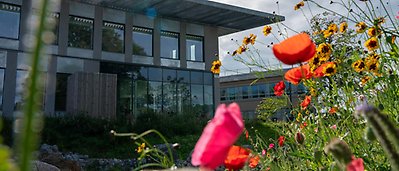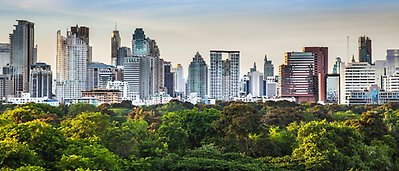Environmental impacts: Marine ecosystems
Summary
Increase in sea surface temperature is projected to change seasonal succession and induce dominance shifts in phytoplanktonin springand promote the growth of cyanobacteria in summer.
In general, climate change is projected to worsen oxygen conditions and eutrophication in the Baltic Proper and the Gulf of Finland. In the Gulf of Bothnia, the increasing freshwater discharge may increase the amount of dissolved organic carbon (DOC) in the water and hence reduce phytoplankton productivity. In winter, reduced duration and spatial extent of sea ice will cause habitat loss for ice-dwelling organisms and probably induce changes in nutrient dynamics within and under the sea ice.
The projected salinity decline will probablyaffect the functional diversity of the benthic communities and induce geographical shifts in the distribution limits of key species such as bladder wrack and blue mussel. In the pelagic ecosystem, the decrease in salinity together with poor oxygen conditions in the deep basins will negatively influence the main Baltic Sea piscivore, cod. This has been suggested to cause cascading effects on clupeids and zooplankton.






